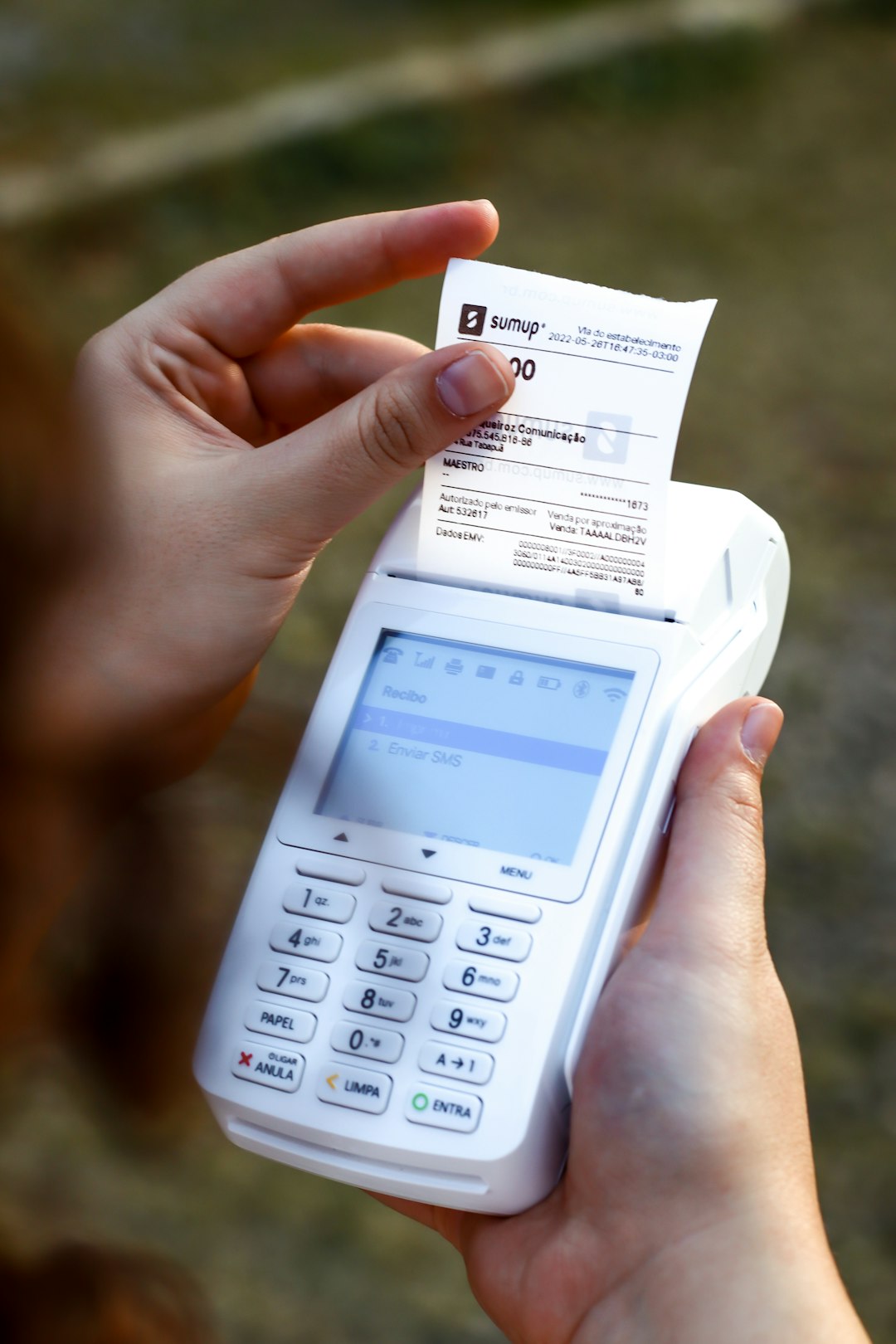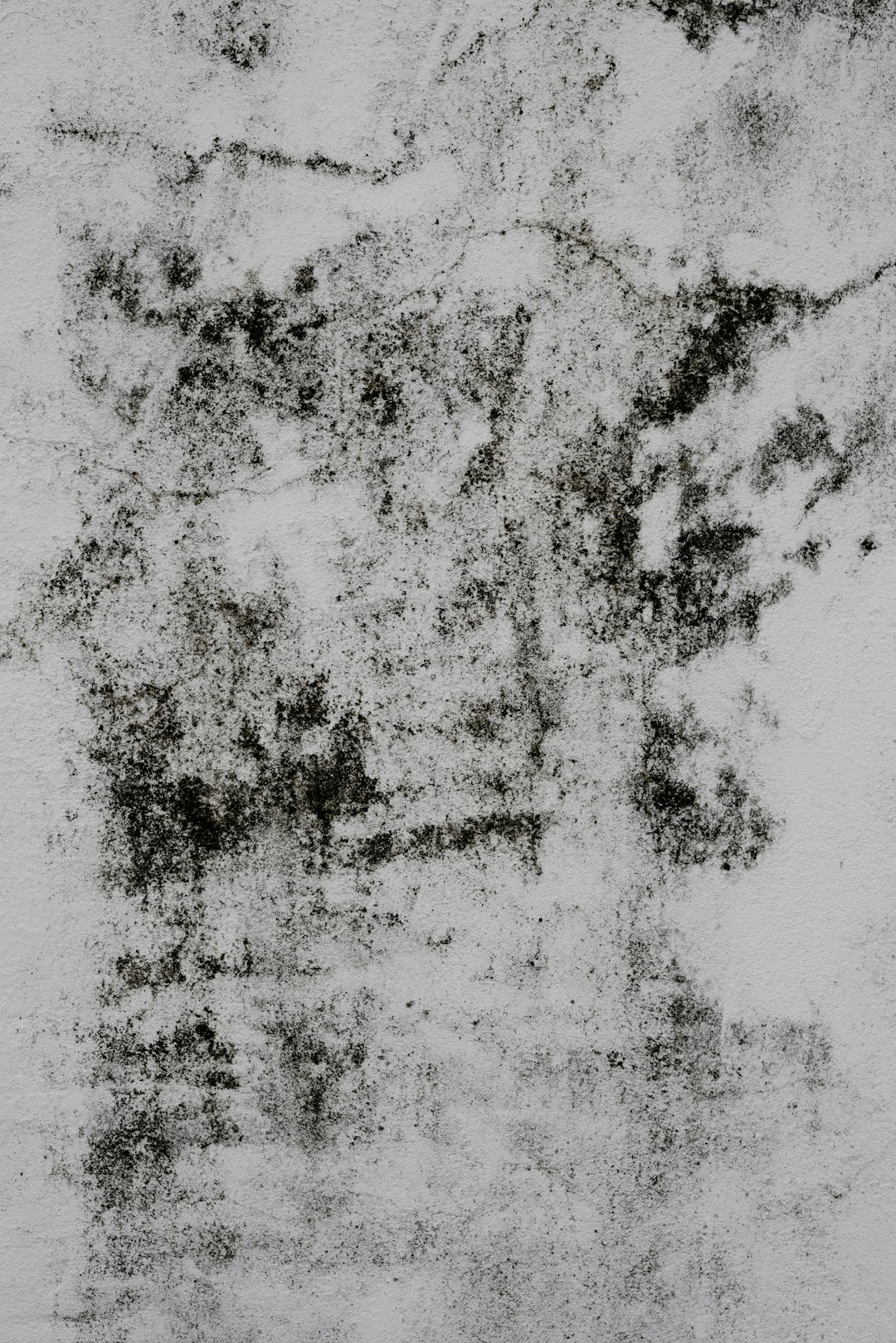How to Solve Your Mole Problem with an Expert Mole Exterminator
Are you tired of those unsightly mole hills ruining your lawn? Don’t let these pesky creatures take over your beautiful Sherwood OR yard any longer! With the help of a professional mole exterminator, you can finally say goodbye to those destructive moles for good. In this article, we will discuss the benefits of hiring a mole exterminator in Sherwood OR, as well as tips on how to choose the right professional for the job.
Moles can wreak havoc on your lawn. Their intricate tunnel systems can damage grass roots, leaving behind trails of destruction that are not only unsightly but also hazardous for anyone walking on your lawn. While there are various DIY methods available to control mole populations, hiring an expert mole exterminator in Sherwood OR is the most effective and efficient solution.
One of the main benefits of hiring a professional mole exterminator is their expertise. These professionals have extensive knowledge and experience in dealing with mole infestations. They know how to identify the signs of a mole problem, locate their tunnels, and employ the most efficient techniques to eradicate them.
Another advantage of hiring a mole exterminator is their access to specialized tools and equipment. They have the necessary tools to locate mole tunnels, such as soil probes and gas detectors. Additionally, they have access to mole traps and other equipment specifically designed to capture and eliminate moles.
A professional mole exterminator will begin by conducting a thorough inspection of your lawn to assess the extent of the mole problem. They will identify the main tunnels and locate the active feeding areas. This step is crucial to developing an effective mole extermination plan tailored to your specific situation. With their expertise, they can determine the most appropriate methods to use, such as trapping or baiting, based on the severity of the infestation.
Trapping is one of the most common methods used by mole exterminators. They will strategically place traps in the mole tunnels, ensuring they are set at the proper depth. The traps are designed to be humane, capturing the moles alive without causing any unnecessary harm. Once trapped, the mole exterminator will remove the moles from your property, ensuring they won’t return.
To prevent future mole infestations, your mole exterminator may also offer preventive measures. This may include recommendations on maintaining your lawn, such as regular mowing, proper irrigation, and reducing their food sources, such as grubs and insects. By implementing these preventive measures, you can minimize the risk of future mole problems.
Now that you understand the benefits of hiring a mole exterminator, it’s important to choose the right professional for the job. When selecting a mole exterminator in Sherwood OR, consider the following factors:
1. Experience – Look for a mole exterminator with several years of experience in the industry. Experienced exterminators are more likely to have encountered various mole infestations and can handle any challenges that may arise.
2. Reputation – Check online reviews and ask for recommendations from friends or neighbors who have used mole extermination services. A reputable exterminator will have positive feedback and satisfied customers.
3. License and Insurance – Ensure that the mole exterminator is licensed and insured. This not only guarantees their expertise but also protects you in case of any damages or accidents during the extermination process.
4. Price – While cost shouldn’t be the sole determining factor, it’s important to get quotes from multiple mole exterminators to ensure you are getting a fair price. However, remember that quality and effectiveness should be prioritized over the lowest price.
By following these guidelines and enlisting the help of a professional mole exterminator, you can say goodbye to mole problems in your Sherwood OR yard. Remember, tackling a mole infestation requires expertise and the right tools, so don’t hesitate to seek professional assistance. Your beautiful lawn deserves to be free from those pesky moles!




 Look Out For These Tips When Identifying a Merchant Service Firm
Look Out For These Tips When Identifying a Merchant Service Firm How to Safely and Effectively Remove Mold from your Home
How to Safely and Effectively Remove Mold from your Home